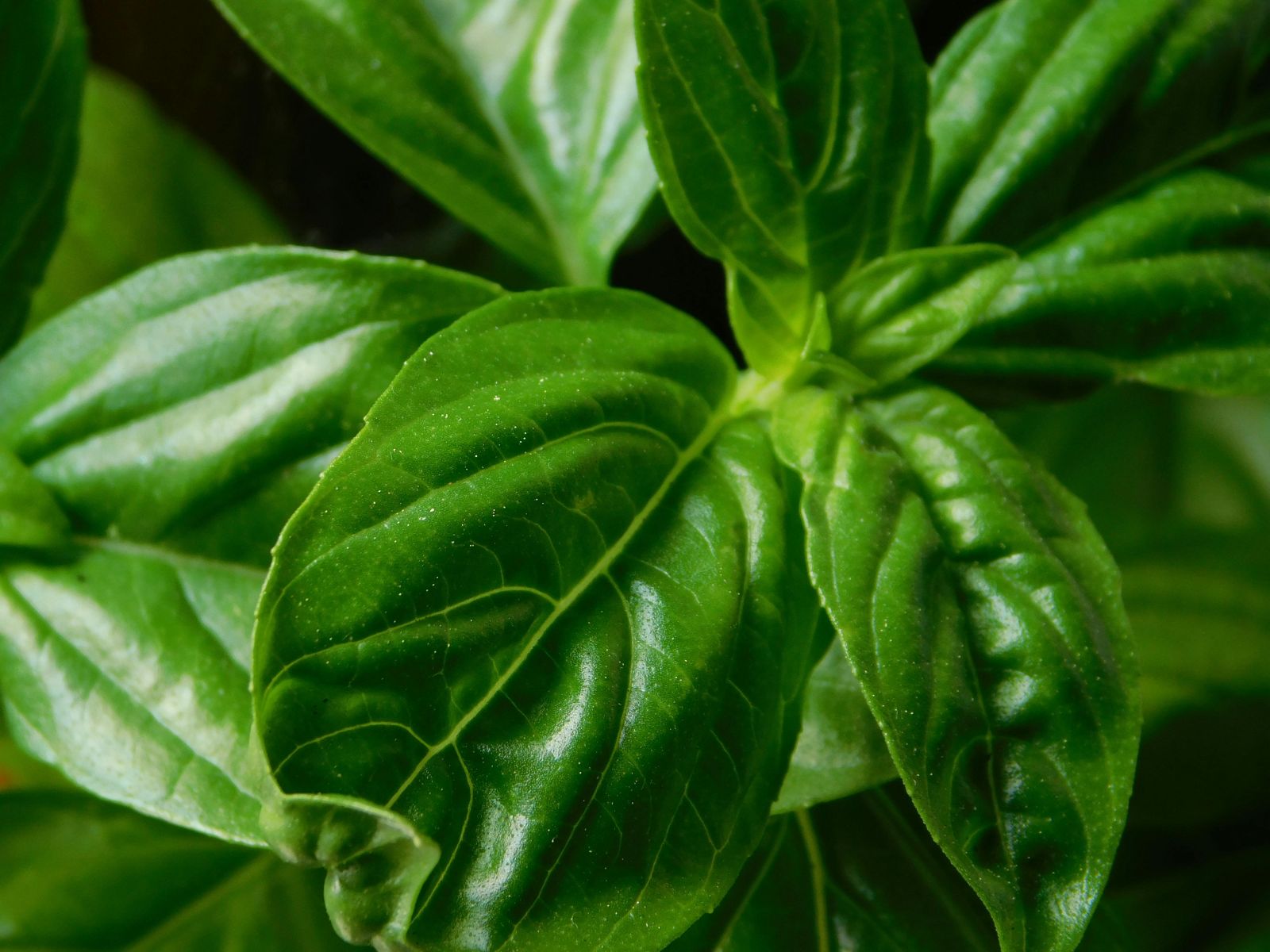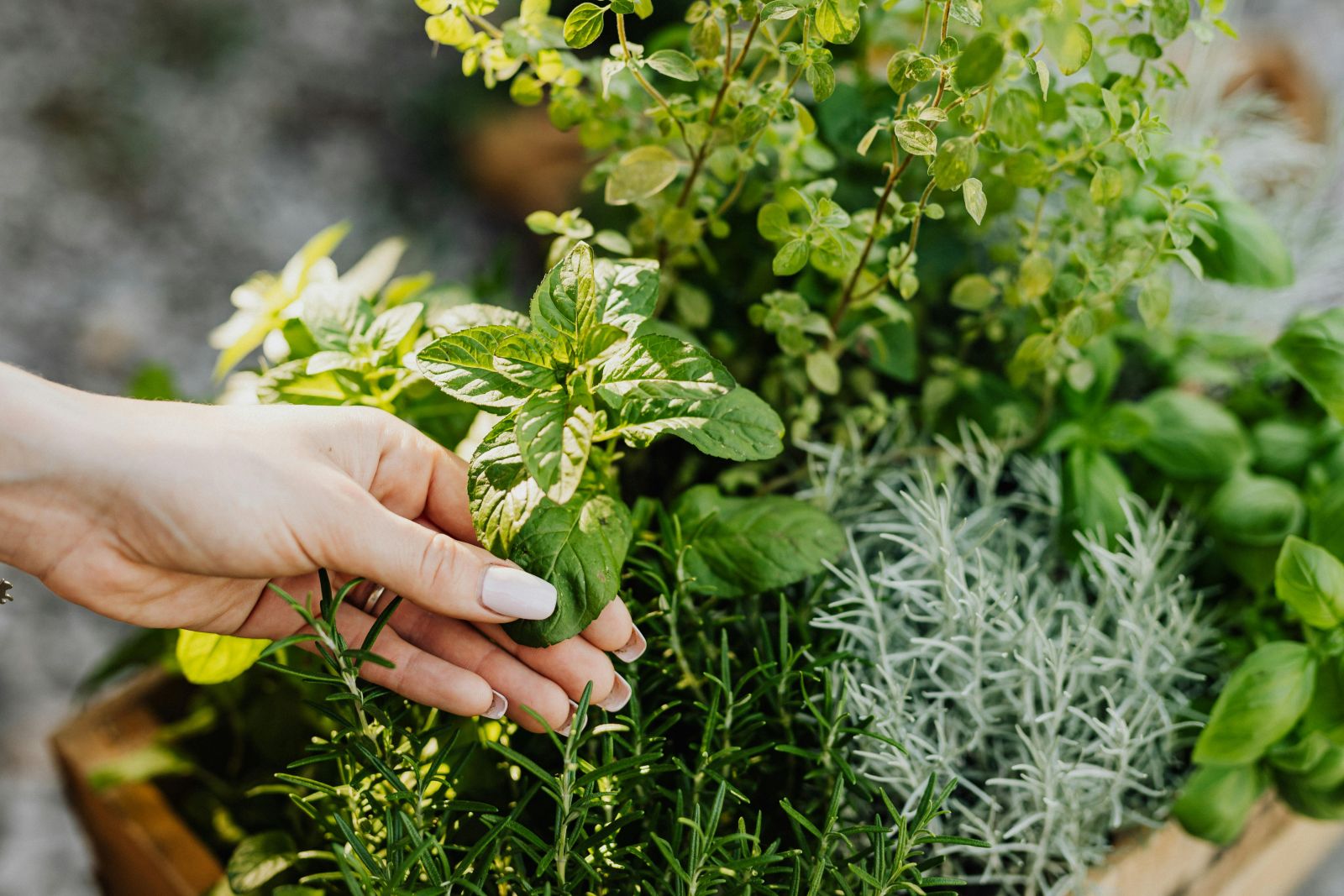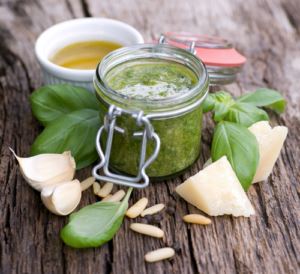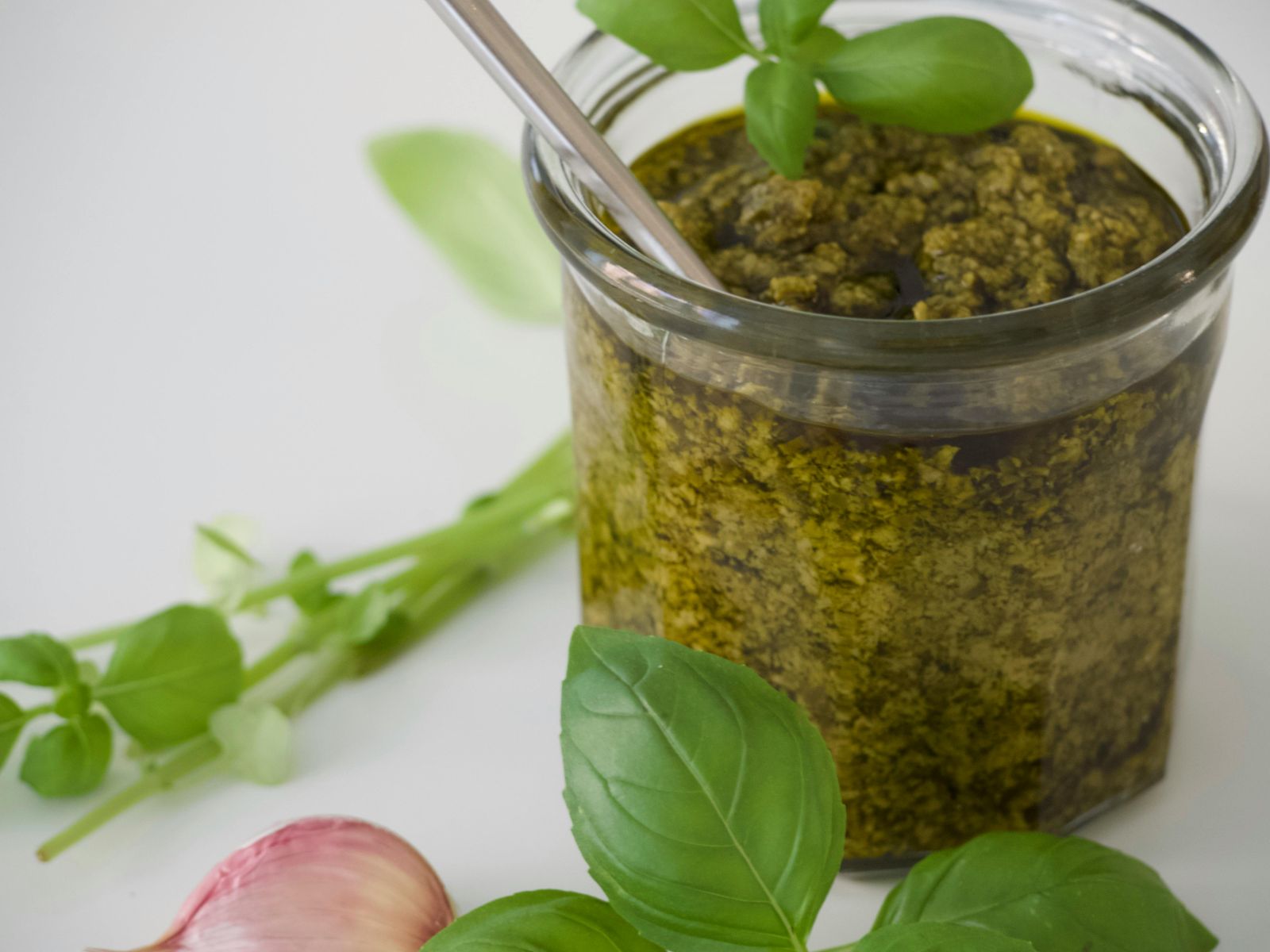Basil is one of our favourite herbs to grow at home. It adds flavour and beauty to our garden and cooking, and there are more than 40 varieties of this fragrant and versatile herb! We especially love sweet basil's aromatic, lush foliage, which makes a delicious pesto (amazing tossed with pasta, olives, and sundried tomatoes).
Plus, basil is a great starter herb for little green thumbs as it’s very low maintenance, quite forgiving, and a prolific grower. It’s a sun-loving plant and should be grown close to your kitchen so you can constantly supply fresh produce for all family dishes at your fingertips. Basil will also thrive when it’s pruned regularly.
We planted our basil next to our tomato plants because they are great mates in cooking. When paired together in the garden, they share nutrients under the soil that improve their flavour. The basil aroma helps to lure bugs and grubs away from your tomatoes.
So, enough talk; here’s how to grow basil at home!
Incorporating basil into your meals enhances flavour and provides various health benefits. Whether sprinkled fresh on salads, blended into pesto, or steeped in tea, basil is a versatile and health-boosting addition to any diet.
Basil is a nutritional powerhouse that can enrich your diet. It’s packed with essential vitamins, including C, E, and K, crucial for maintaining a healthy immune system, skin health, and proper blood clotting. Plus, basil is a rich source of magnesium, an essential mineral that supports muscle and nerve function, regulates blood pressure, and helps build strong bones.
Basil is also loaded with antioxidants, which help protect your body against oxidative stress and free radical damage, lowering the risk of chronic diseases. Its antibacterial properties make it a natural ally in fighting infections and promoting overall health, and it contains compounds that can help reduce inflammation in the body.
Folate, another vital nutrient in basil, plays a key role in DNA synthesis and repair, making it especially important for pregnant women.

The good news is that growing basil is easy, making it a perfect addition to any herb garden. With a few simple steps, you can enjoy fresh, fragrant basil leaves from your garden or windowsill, ready to enhance your culinary creations.
Basil seeds or seedlings (we chose basil seedlings to get a head start—these can be found at your local nursery!)
Good quality potting mix
Water-filled watering can
Liquid seaweed solution
Even though basil is a hardy and rewarding herb, it can still encounter a few issues, especially if growing conditions aren’t quite right. Here are some of the most common problems to watch out for:
Keeping an eye out for these common problems can help you grow lush, healthy basil plants all season long. Most issues are easy to manage with the right care and a few quick fixes.

There’s more to basil than just the classic sweet variety. From spicy to citrusy, different types of basil can bring unique flavours, colours, and aromas to your garden — and your kitchen. Here are some popular basil varieties to explore!
Thai basilKnown for its bold, anise-like flavour and sturdy, dark purple stems, Thai basil is a staple in Southeast Asian dishes. It holds up well to heat and is commonly used in stir-fries, curries, and pho. |
Lemon basilThis variety offers a citrusy twist, with a fresh lemon scent and flavour. It’s excellent for teas, salads, seafood dishes, or for adding a zesty note to desserts. |
Sweet basilThis is the most common variety, often used in Italian cooking. It has large, bright green leaves and a slightly peppery, clove-like flavour. Perfect for pesto, pasta, and Caprese salads. |
Genovese basilGenovese basil is a type of sweet basil with a richer flavour and larger leaves. It’s a top pick for traditional pesto and pairs beautifully with tomatoes and mozzarella. |
Purple basilWith deep burgundy leaves and a slightly spicier flavour, purple basil adds colour and taste. It’s more ornamental but still edible, ideal for garnishing dishes or infusing vinegars. |
Greek basilA compact variety with small, delicate leaves and a mild flavour. Greek basil grows into a neat, bushy plant — perfect for pots or as a decorative border in the herb garden. |
Cinnamon basilTrue to its name, cinnamon basil has a warm, spicy scent with hints of cinnamon and clove. It’s a unique addition to teas, fruit dishes, or baked goods. |

What type of soil is best for basil?
Basil prefers well-draining, nutrient-rich soil. Use a high-quality potting mix with good drainage for optimal growth and to keep basil alive.
How often should I water my plants?
Water basil regularly to keep the soil moist but not waterlogged. Initially, water is used daily, then reduced to 2-3 times a week as the plant matures.
How much sunlight does basil need?
Basil thrives in full sun, needing at least 6-8 hours of direct sunlight each day.
How do I prevent pests on my basil plants?
Prevent pests by maintaining healthy plants, using neem oil or insecticidal soap, and encouraging natural predators like ladybugs. Companion planting with other herbs can also help deter pests.
When should I harvest basil?
Harvest basil once the plant has at least six leaves. Regularly pinch off leaves to encourage bushier growth and prevent the plant from flowering.
How do I store fresh basil?
Store fresh basil by placing the stems in a glass of water, covering it with a plastic bag, and refrigerating. Alternatively, you can freeze basil leaves in ice cube trays with water or olive oil.
What are the best companion plants for basil?
Basil grows well alongside various vegetables and herbs. Tomatoes are one of the best plants — they thrive in similar conditions, and basil is also said to enhance their flavour and help deter pests. Other great companions include capsicum, chillies, oregano, and parsley.
Avoid planting basil too close to rue or sage, as they don’t always get along well and may compete for nutrients or stunt each other’s growth.
How do I avoid overcrowding basil?
Overcrowded plants are unhappy plants. To prevent overcrowding, space your basil plants about 15–30 cm apart when planting in garden beds or large pots. This gives each plant enough room to develop strong roots and encourages good airflow, which helps prevent fungal issues.
Can I grow basil indoors?
Yes, basil can seed indoors in small pots or seed trays if they get enough light and warmth. Choose a sunny windowsill with at least 6 hours of direct sunlight daily and rotate the pot regularly so all sides get equal light. If natural light is limited, use a grow light. We recommend growing outdoors if possible.
What are the benefits of using raised garden beds for growing basil?
Using raised garden beds for growing basil offers several benefits, including improved soil drainage and aeration, which basil plants thrive on. Raised garden beds also allow for better control over soil quality, ensuring basil gets the rich, well-drained soil it needs.

Make pesto if you can’t use your home-grown basil fast enough! This vibrant and flavourful recipe helps you preserve your fresh basil and serves as a delicious accompaniment to various dishes; enjoy it tossed with pasta, drizzled over roast vegetables, spread on pizza, or a delicious addition to sandwiches.
Plus, homemade pesto is a great way to capture the essence of your garden and enjoy it all year round!
2 cups of fresh basil
½ cup freshly grated Parmesan or Romano cheese
½ cup extra virgin olive oil
1/3 cup pine nuts
3 medium sized garlic cloves, minced
Sea salt and black pepper to taste